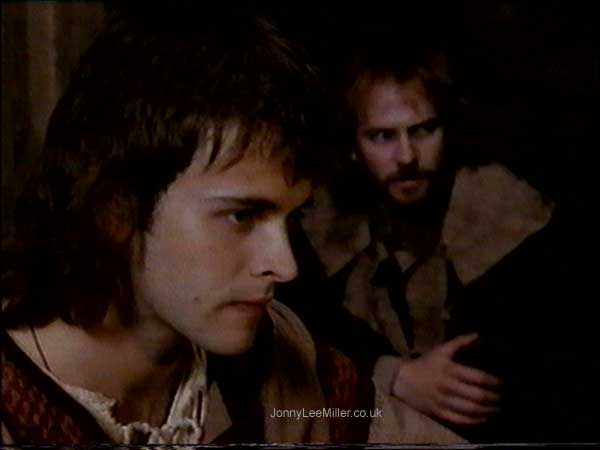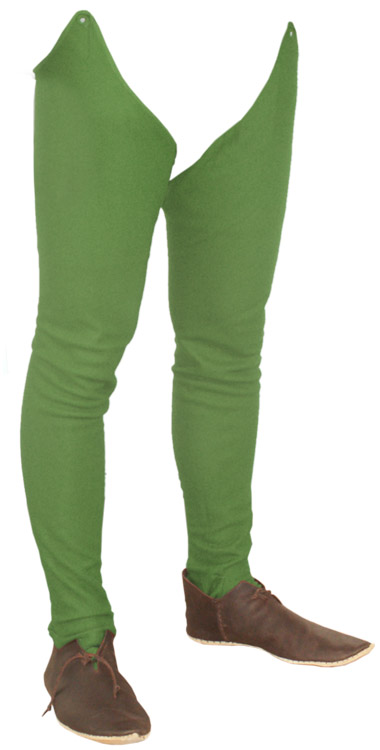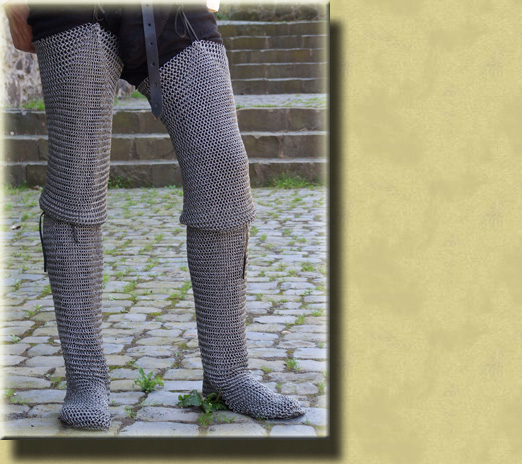This means that players newly come into my games are unprepared for the prevailing worldview that hosen are chosen and breeches are for bitches. The single garment known as the breeches (which we Americans call pants and the British call trousers, I guess) are a sign of rough living or poverty. Nobles only wear them when they absolutely have to: such as underneath their armor for better movement. They are, in a sense, the sign of the great unwashed masses. Even peasants with a small amount of extra capital will buy some chausses/hosen to cover their legs in public when they aren't working the field.
It behooves me, then, to go over some standard medieval dress. This can serve as a reference to my own players as well as to anyone in the great wide internet who cares what medieval people dressed like. As for the 10th Age, this will clearly have to serve as a simple baseline, since there's so much regional variation... but the same can be said of the middle ages itself. For today, I'll just be talking about male garments.
The first element of the clothing is what is known as the braies. These were a form of breeches worn as undergarments by the nobility (but potentially as outer garments by the lower orders). They're loose knee-length trousers that can be tied up to the waist to keep them short.
Atop this, the upper part of the body was fitted with an undertunic, or "shirt," usually of plain linen. The sleeves were usually long and open with ties to close them. This undertunic would show beneath the outer garb, for it was generally longer at the wrists and hem.
 |
| You can see a bit of Hugh Berengar's undertunic in this Cadfael screen cap |
 |
| And here another one. |
 |
| Here's a pair of chausses. |
On top of all this was your overtunic, which usually had either a square, keyhole, or round collar. Hems were embroidered with other material to cover the seams and also to be fancy. And outer belt was worn atop this set of cloths to hold your purse, knife, and other such goodies. So the next time you buy a pair of breeches at character creation remember: those are either your underwear, or you're a filthy peasant with no class.


Thanks for this - very interesting.
ReplyDeleteI don't know how I missed this, but very good to know.
ReplyDelete